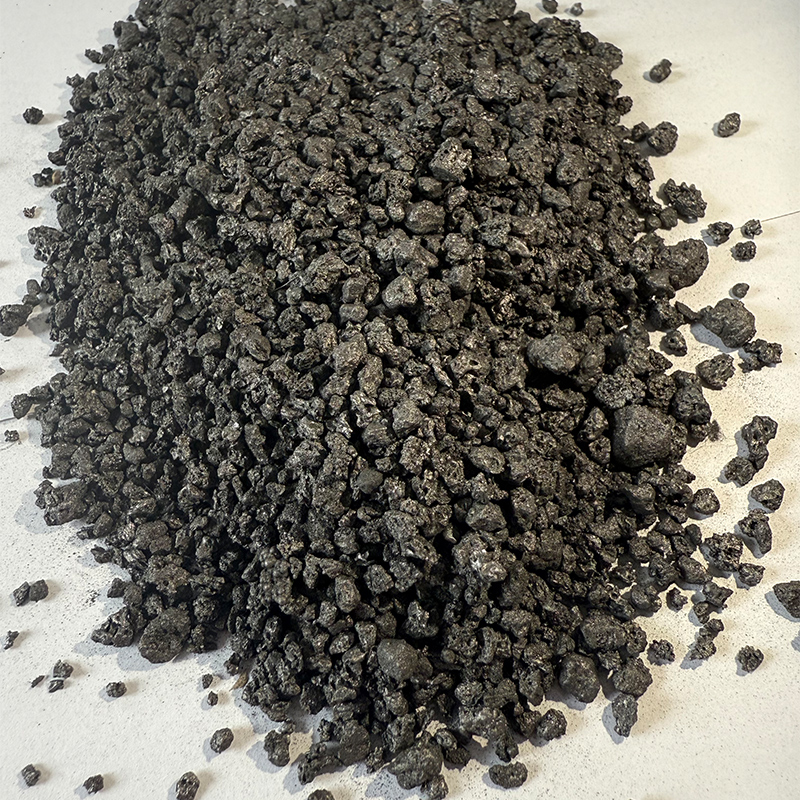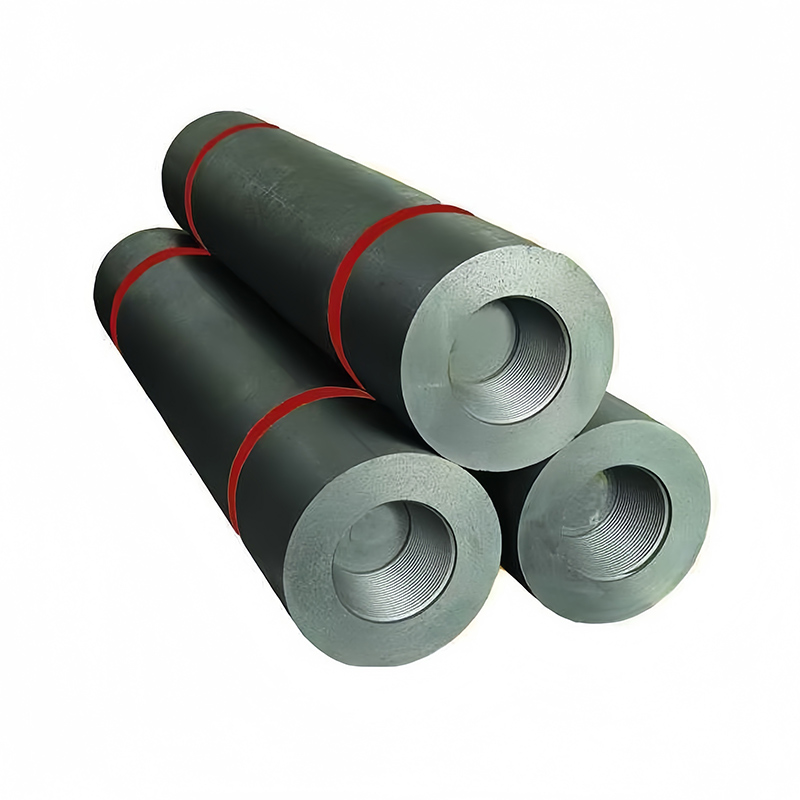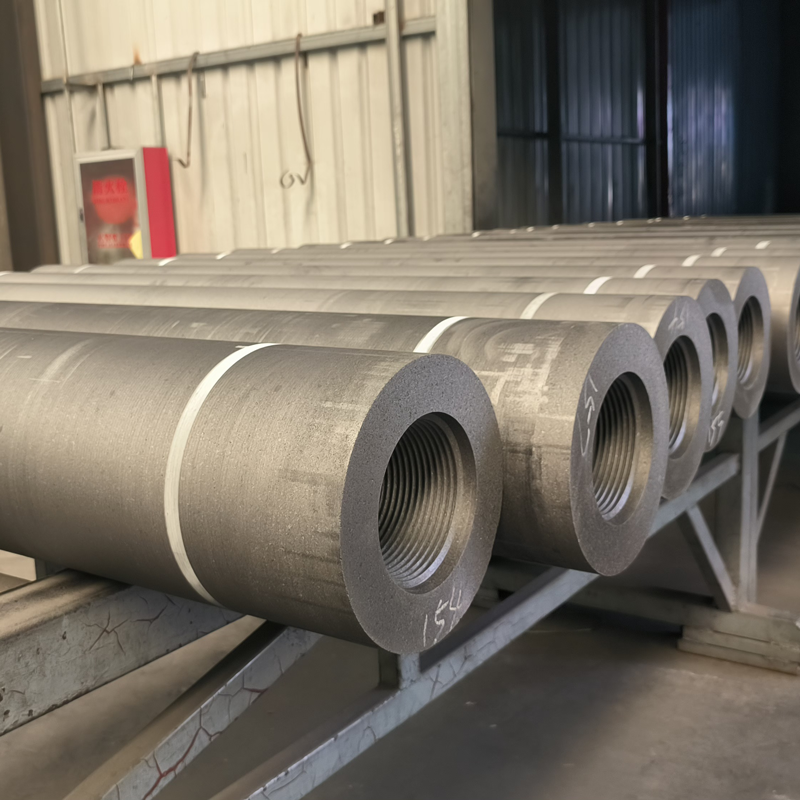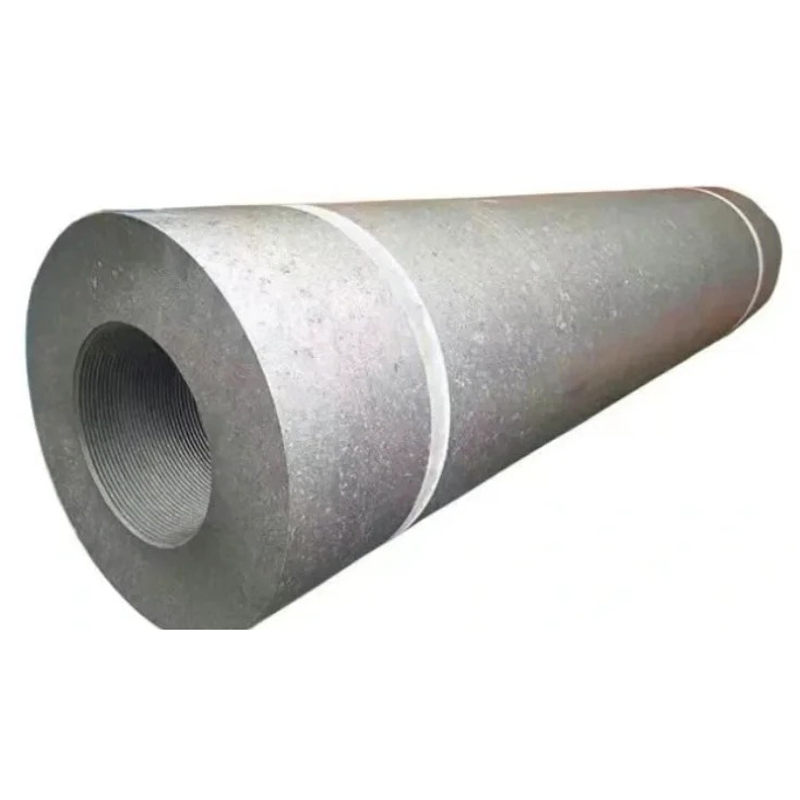
Products
300mm Regular Power (RP) Graphite Electrode — Reliable Solution for Small to Medium Electric Arc Furnaces
The 300mm RP graphite electrode offers a cost-effective and stable solution for small to medium-sized EAFs, delivering reliable conductivity and excellent oxidation resistance for the production of carbon steel, silicon, and phosphorus.
Description
marker
Main Description
The 300mm RP graphite electrode is a regular power-grade carbon product specifically engineered for use in small to medium-sized electric arc furnaces (EAFs), as well as submerged arc furnaces (SAFs) used in silicon smelting and yellow phosphorus production. This cost-effective, widely adopted solution delivers stable electrical and mechanical performance in moderate thermal and electrical load environments.
Technical Specifications:
| Parameter | Unit | Electrode | Nipple |
| Resistivity | μΩ·m | 7.5 ~ 8.5 | 5.8 ~ 6.5 |
| Bending Strength | MPa | ≥ 9 | ≥ 16.0 |
| Elastic Modulus | GPa | ≤ 9.3 | ≤ 13.0 |
| Bulk Density | g/cm³ | 1.55 ~ 1.63 | ≥ 1.74 |
| Coefficient of Thermal Expansion (CTE) | 10⁻⁶/°C | ≤ 2.4 | ≤ 2.0 |
| Ash Content | % | ≤ 0.3 | ≤ 0.3 |
| Allowable Current | A | — | 10000 ~ 13000 |
| Current Density | A/cm² | — | 14 ~ 18 |
| Actual Diameter | mm | Max: 307 Min: 302 | — |
| Actual Length | mm | 1800 (customizable) | — |
| Length Tolerance | mm | ±100 | — |
| Short Ruler Length | mm | -275 | — |
Raw Materials & Manufacturing Process:
RP electrodes are produced from petroleum-based calcined coke as the primary raw material, with medium-softening-point coal tar pitch used as the binder.
The production process typically involves:
● Calcining of petroleum coke at ~1250°C
● Forming through high-pressure extrusion or molding
● Initial Baking at 800–900°C to stabilize structure
● Vacuum Pitch Impregnation to reduce porosity and improve oxidation resistance
● Rebaking to reinforce bonding
● Graphitizing at up to 2800°C in Acheson or LWG-type furnaces for enhanced electrical conductivity and structural integrity
The entire production cycle spans approximately 45 days, depending on plant capacity and scheduling.
Application Fields:
● Small to medium-sized EAFs for carbon and alloy steel production
● Submerged arc furnaces for the production of ferrosilicon, metallurgical-grade silicon, and yellow phosphorus
● Foundry and casting operations where low electrode consumption is not a primary concern
● Metallurgical processes with moderate current and thermal demands
Handling & Storage Recommendations:
● Dry Storage:Store in moisture-free, temperature-controlled environments to avoid surface oxidation and internal damage.
● Temperature Range:Ideal storage temperature is 20–30°C
● Packaging:Heavy-duty wooden crates with internal foam buffers and moisture-resistant film
● Handling:Use non-metallic slings and lifting devices to avoid damaging threaded ends. Avoid rolling electrodes on hard surfaces to prevent chipping or cracking.
Performance Highlights:
● Consistent performance under regular EAF operations
● Reliable oxidation resistance and mechanical strength
● Economical choice for operations with moderate performance requirements
● Compatible with industry-standard RP-grade nipples
● Requires controlled furnace operation due to its relatively higher CTE
contact us
Related popular products
Please leave us a message
- English
- French
- German
- Portuguese
- Spanish
- Russian
- Japanese
- Korean
- Arabic
- Irish
- Greek
- Turkish
- Italian
- Danish
- Romanian
- Indonesian
- Czech
- Afrikaans
- Swedish
- Polish
- Basque
- Catalan
- Esperanto
- Hindi
- Lao
- Albanian
- Amharic
- Armenian
- Azerbaijani
- Belarusian
- Bengali
- Bosnian
- Bulgarian
- Cebuano
- Chichewa
- Corsican
- Croatian
- Dutch
- Estonian
- Filipino
- Finnish
- Frisian
- Galician
- Georgian
- Gujarati
- Haitian
- Hausa
- Hawaiian
- Hebrew
- Hmong
- Hungarian
- Icelandic










































